The Emu (*Dromaius novaehollandiae*) is the largest bird native to Australia and the second-largest bird in the world, following the ostrich. These impressive birds can grow up to 1.9 meters (6.2 feet) in height and weigh between 30-45 kilograms (66-99 pounds). With long necks, strong legs, and brownish feathers, they are well-suited for blending into their natural surroundings.

Although Emus are flightless due to their large size and small wings, they are remarkably fast runners. They can reach speeds of up to 50 km/h (31 mph), which helps them evade predators. This exceptional speed, combined with their powerful legs, allows them to travel great distances across various terrains, especially in search of food and water in Australia’s often harsh environments.
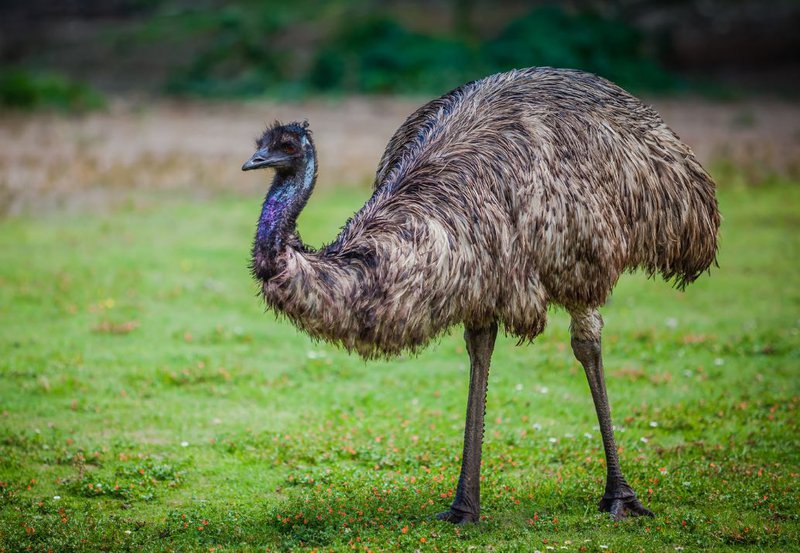
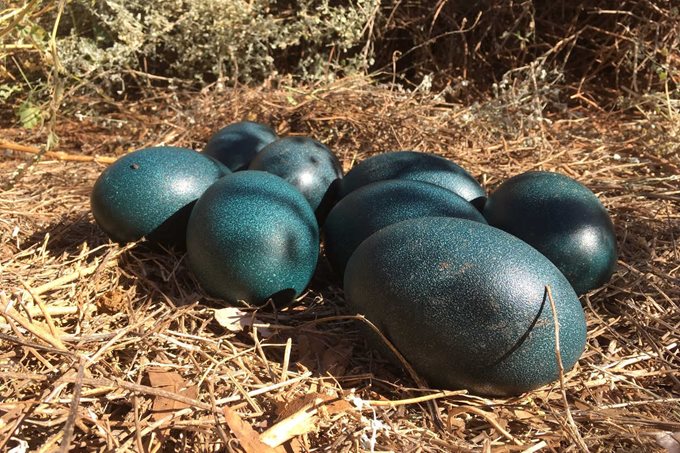
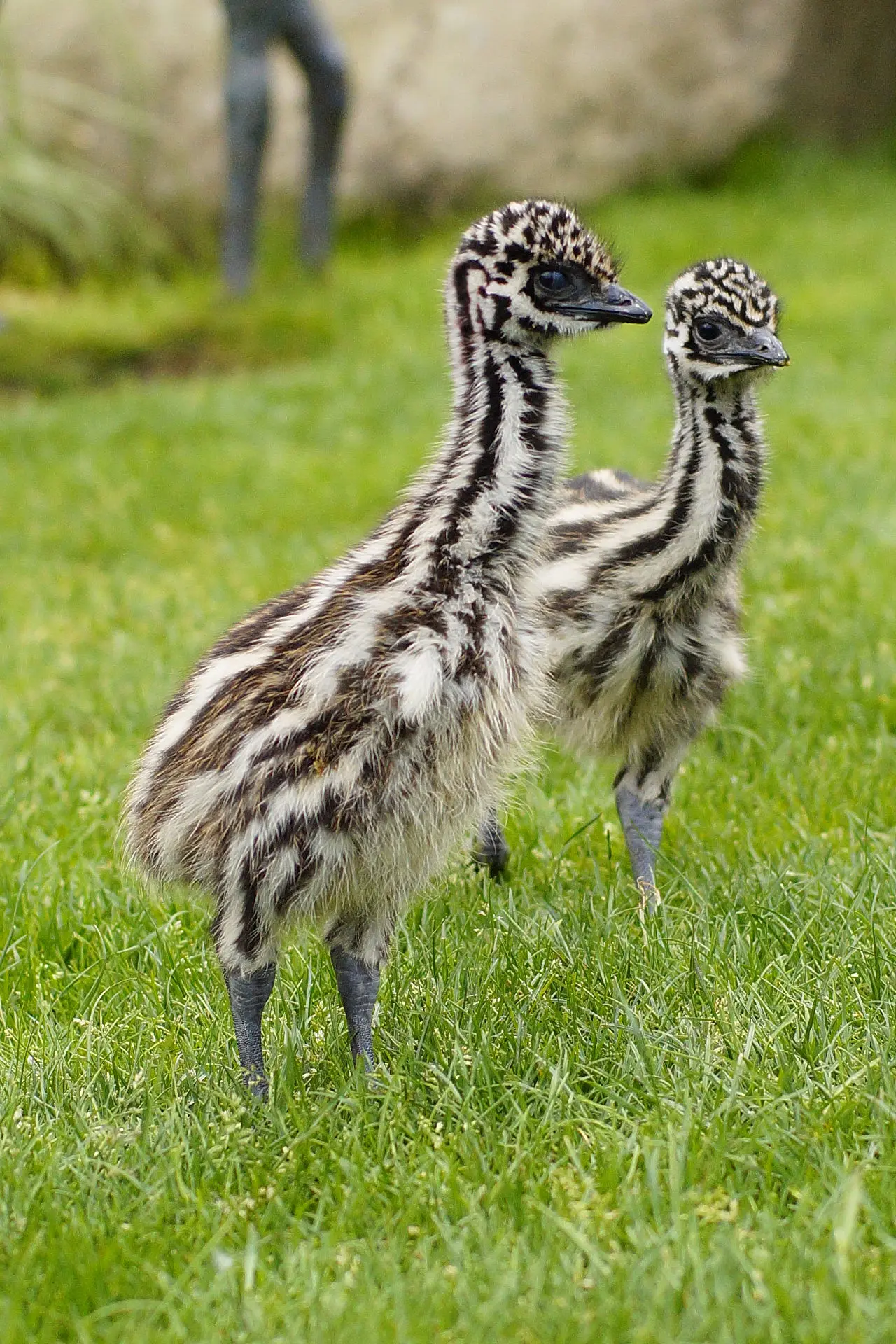
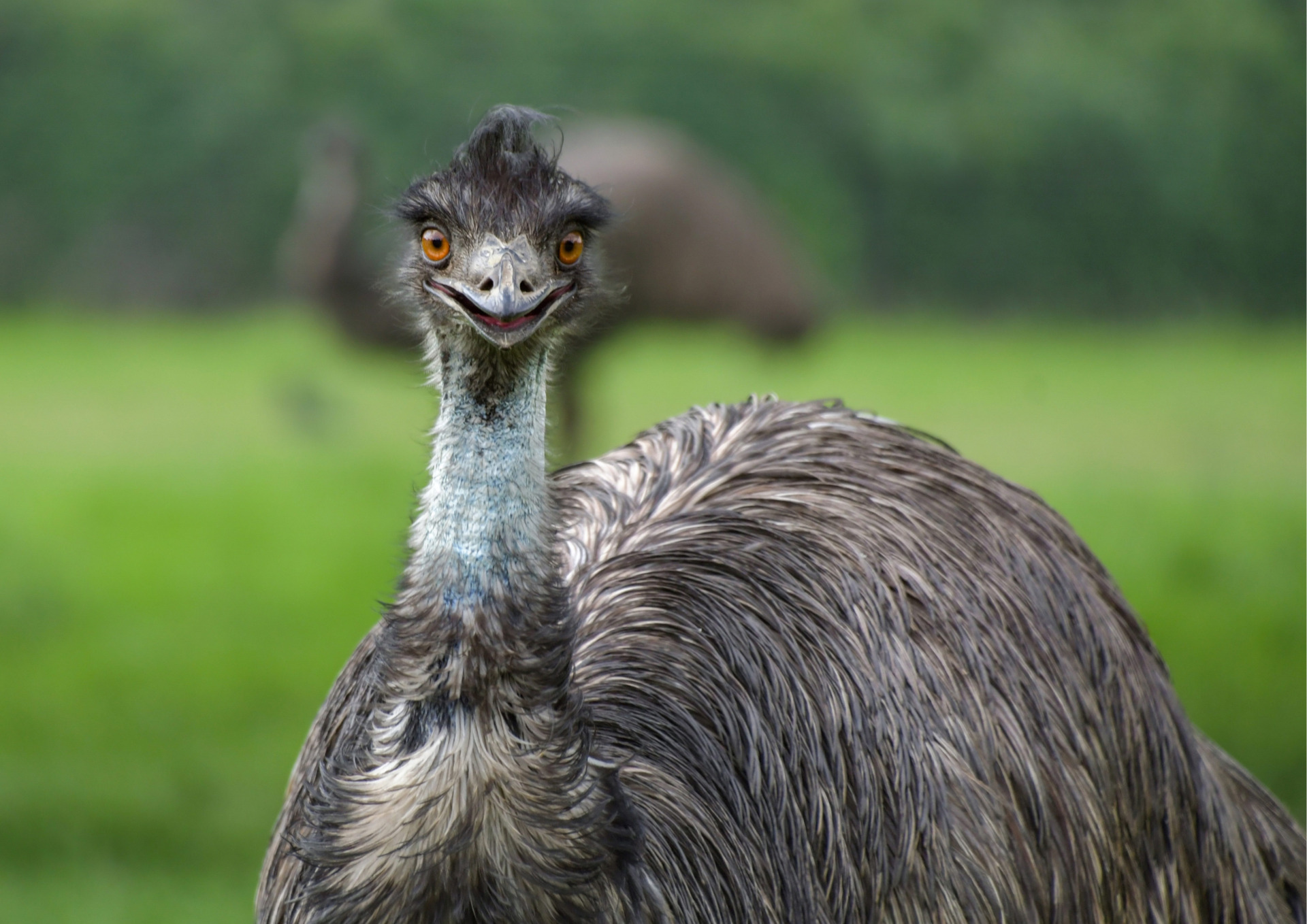

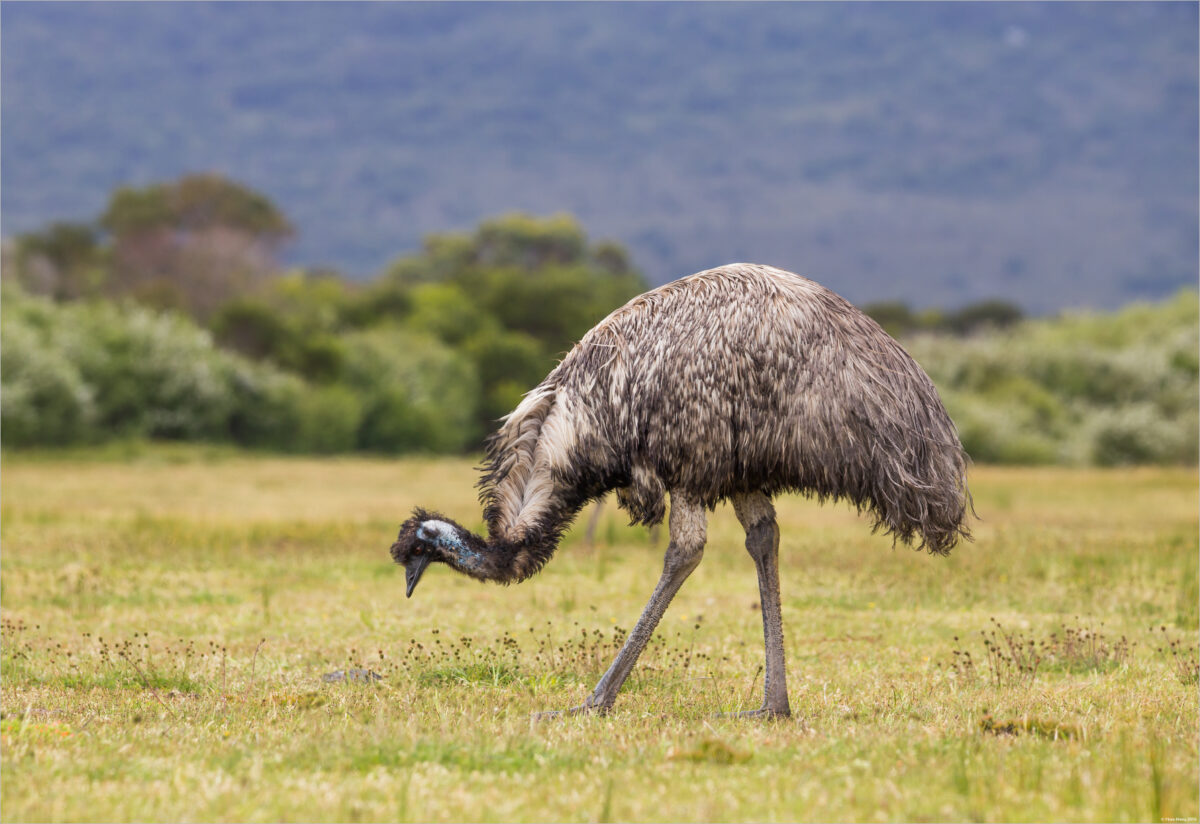

Emus are omnivores with a varied diet, eating plants, fruits, seeds, and insects. Their ability to store fat helps them survive during periods when food is scarce. This adaptability has allowed them to thrive in diverse climates, from deserts to forests.
During the breeding season, the male Emu plays a crucial role in raising the young. After the female lays large, dark green eggs, the male incubates them for about 8 weeks. During this time, the male hardly eats or drinks, devoting his energy to protecting the eggs. Once the chicks hatch, he continues to care for and protect them for up to six months, displaying strong paternal instincts.
The Emu holds cultural significance in Australia, where it appears on the national coat of arms alongside the kangaroo. Emus also feature prominently in Aboriginal mythology, where they are considered important spiritual beings.